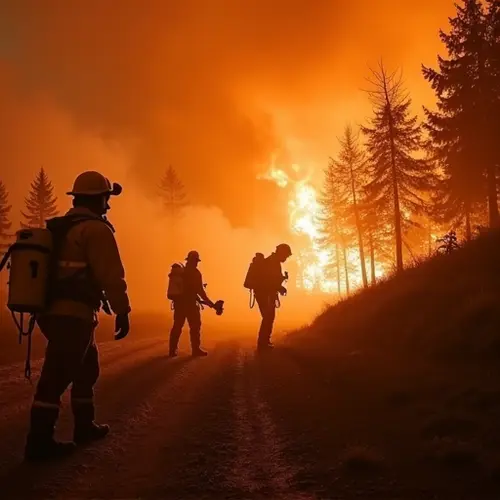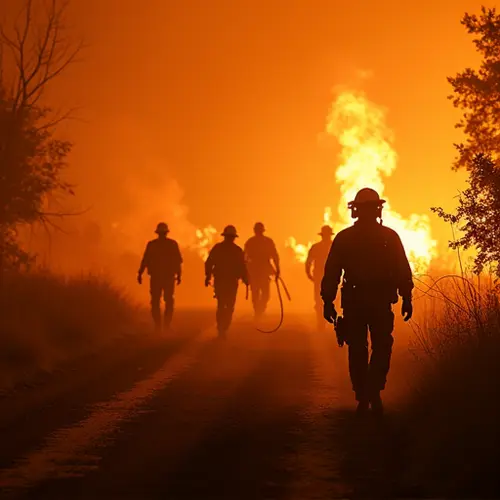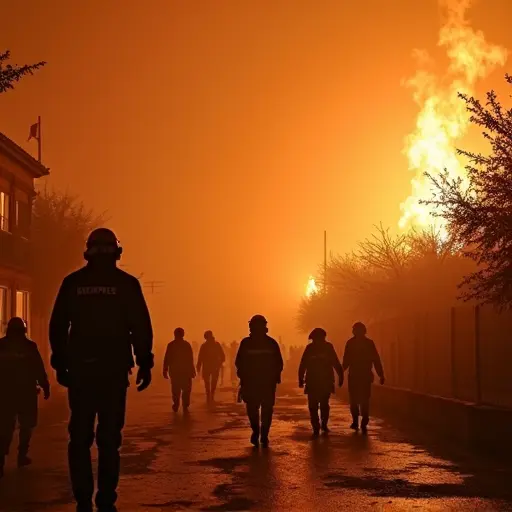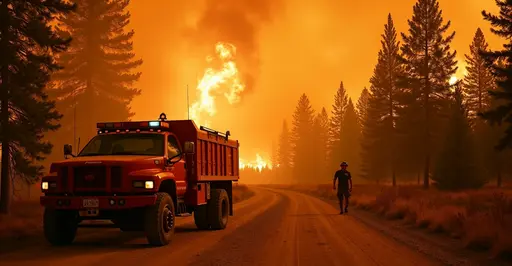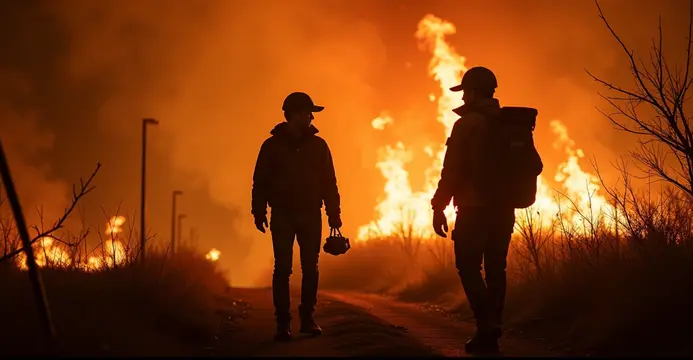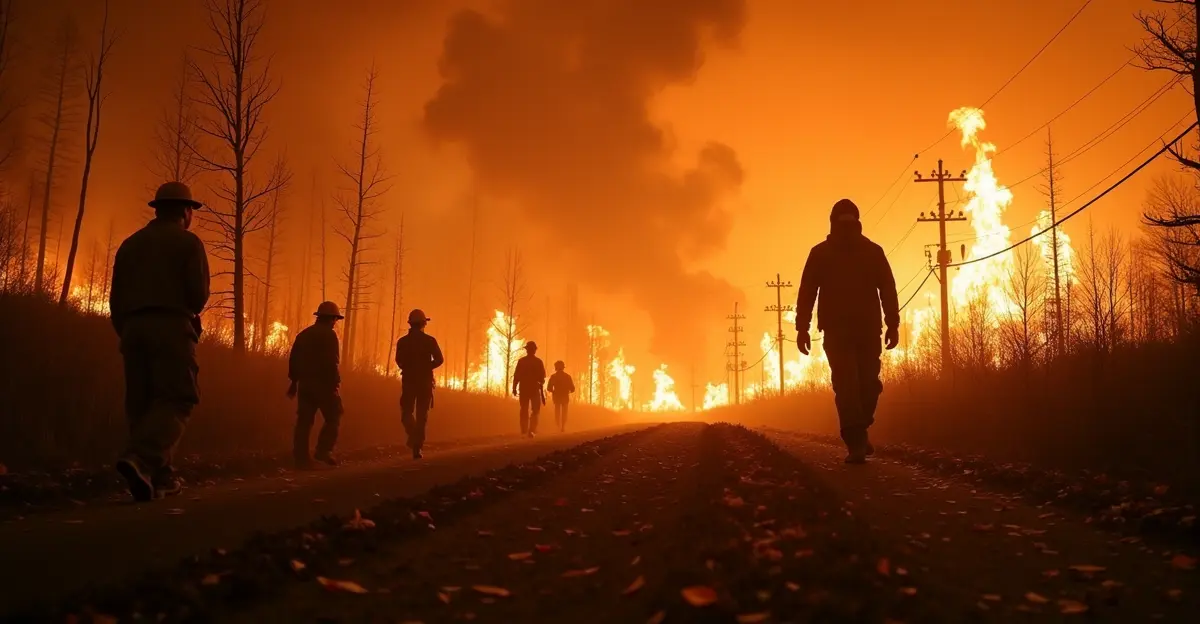
Wildfire Seasons Extend Dramatically Amid Climate Change
Wildfire seasons across North America and other fire-prone regions are experiencing unprecedented lengthening, with suppression costs reaching record levels. Climate scientists and fire management experts warn that what was once a seasonal phenomenon is becoming a year-round threat in many areas.
The Growing Economic Burden
Fire suppression costs have escalated dramatically over the past decade. In the United States alone, annual wildfire suppression expenditures have consistently exceeded $2 billion in recent years, with some years reaching over $3 billion. The 2024 fire season saw particularly devastating costs, with multiple mega-fires requiring massive resource deployment.
Climate Change Connection
Research consistently links the extended wildfire seasons to climate change. Rising temperatures, prolonged droughts, and changing precipitation patterns create ideal conditions for more frequent and intense wildfires. The traditional "fire season" concept is becoming obsolete as fires now occur outside historical patterns.
Regional Impacts
Western United States and Canada have experienced the most significant changes, with fire seasons now starting earlier in spring and extending later into fall. Mediterranean climates in Europe and Australia are similarly affected, with fire risks persisting through traditionally wetter months.
Resource Strain
Firefighting agencies face increasing challenges as extended seasons strain personnel, equipment, and budgets. The need for year-round readiness requires substantial investment in training, equipment maintenance, and interagency coordination.
Future Projections
Climate models project continued lengthening of fire seasons, with some regions potentially facing fire risks throughout the entire year. This trend necessitates fundamental changes in fire management strategies and increased investment in prevention and mitigation measures.

 Nederlands
Nederlands English
English Français
Français Deutsch
Deutsch Español
Español Português
Português



